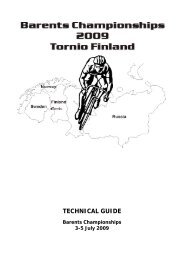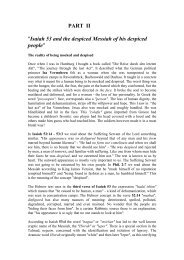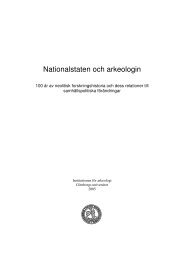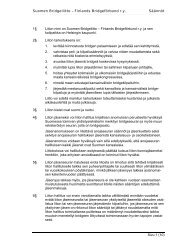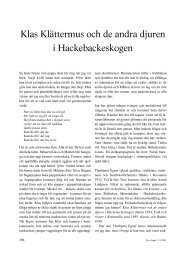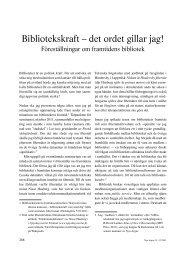Struggles for Sustainable Urban Development in Cochabamba, Bolivia
Struggles for Sustainable Urban Development in Cochabamba, Bolivia
Struggles for Sustainable Urban Development in Cochabamba, Bolivia
Create successful ePaper yourself
Turn your PDF publications into a flip-book with our unique Google optimized e-Paper software.
The conflict saw the birth of a new local political <strong>for</strong>ce, an organisation called the<br />
Coord<strong>in</strong>adora por la Defensa del Agua y la Vida (Coord<strong>in</strong>ation <strong>for</strong> the Defence of Water and Life)<br />
to represent the civil society. However its legitimacy was <strong>in</strong>itially denied, as the government<br />
saw the exist<strong>in</strong>g civic committees as a legitimate representative of the civil society (Assies<br />
2003). Accord<strong>in</strong>g to Assies the civic committees were largely controlled by local bus<strong>in</strong>esses<br />
and represented only a small sector of the population dur<strong>in</strong>g the water war. The credibility of<br />
the municipal government lead by Manfred Reyes Villa was underm<strong>in</strong>ed by their decisions<br />
dur<strong>in</strong>g the conflict (Nickson & Vargas 2002). First they approved the tariff <strong>in</strong>creases but<br />
then jo<strong>in</strong>ed the opposition. It became an attractive political argument to support the public<br />
<strong>in</strong> their opposition towards the concession contract.<br />
Dur<strong>in</strong>g the crisis, it seems that the orig<strong>in</strong>al problem of water supply was <strong>for</strong>gotten by the<br />
government as it concentrated on the riots and restor<strong>in</strong>g order. The government decision-<br />
mak<strong>in</strong>g became dom<strong>in</strong>ated by attempts to solve the conflict and not the problems of water<br />
management. This was evidently a result of the heavy pressure by civil society under which<br />
the government had to operate. Nevertheless it also reflects a conflict management style by<br />
the <strong>Bolivia</strong>n government. Assies (2003) comments, that the government typically ignores and<br />
trivialises popular mobilisations and then uses <strong>in</strong>creas<strong>in</strong>g violence to repress them. He sees<br />
that such measures only escalate the conflict and:<br />
f<strong>in</strong>ally the government gives <strong>in</strong> to social pressure and ends up sign<strong>in</strong>g last-m<strong>in</strong>ute<br />
agreements <strong>in</strong> which it does not believe and that it will not carry out, and this<br />
sets the stage <strong>for</strong> a new round of protest.<br />
This appears to be a valid observation about <strong>Bolivia</strong>n political conflicts where the same<br />
issues, such as coca and neo-liberalism, seem to come up over and over aga<strong>in</strong>. After fail<strong>in</strong>g to<br />
secure legitimacy by other means, the government might see violence as the only way to<br />
ma<strong>in</strong>ta<strong>in</strong> the legitimacy of its decisions or to simply stay <strong>in</strong> power. There is less need <strong>for</strong> this<br />
type of strategy <strong>in</strong> countries where governments have been more effective.<br />
12



